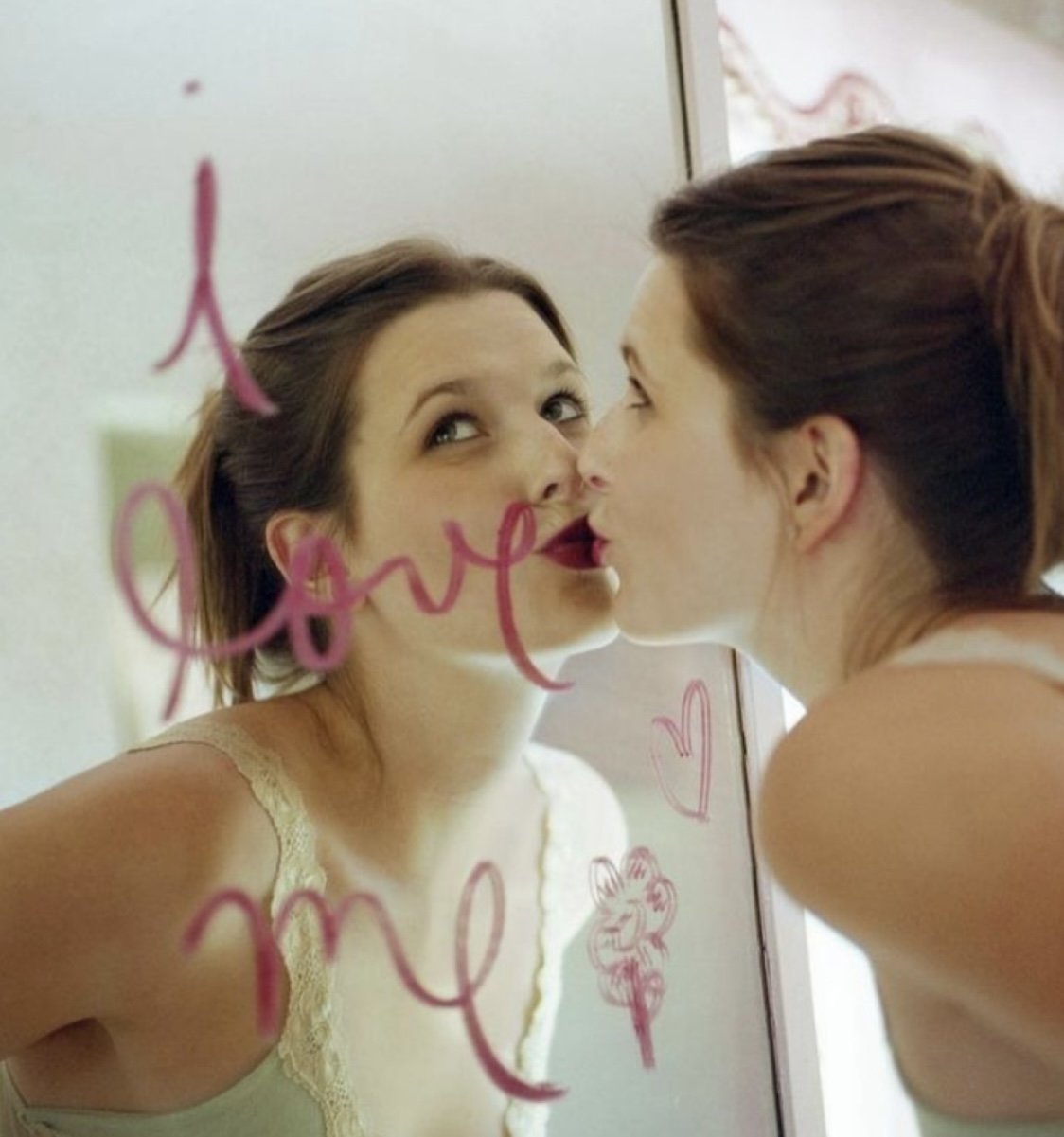Mental Health and Fashion: A Connection You Wouldn’t Expect
Image Courtesy: https://mashable.com/article/erykah-badu-kerby-jean-raymond-fashion
Personal style has always been a major staple in my life. From the moment I was old enough to start school, my parents let me choose my own outfit. Looking back at the attire I would adorn myself in some days—definitely not talking about the polka dot pajama pants, Gap Kids camisole, and fuzzy pink slippers I tried to wear to my sister’s basketball game—I question my parents’ choice in giving me this freedom. Whenever I ask, my mom always responds the same way.
“I didn’t want to stop you from being creative and dressing how you wanted to.”
Old family pictures sometimes make me think this was a minor parenting mistake on their part, but all in all, I am grateful for that choice. From an early age, they taught me both the fun and significance that comes from picking an outfit every day, in addition to how that outfit can affect your mood.
As I grew older and approached my junior year of high school, “dressing up,” especially for school, felt less and less important. By the time quarantine hit, I was well into the routine of exclusively dressing in yoga pants and sweatshirts. And like so many others around the world, by the time quarantine ended, my mental health was not as ready as I was for the re-entry into real life. And my clothing choices reflected this.
Mental health disorders are one of the world’s largest issues today, as they have been long before quarantine even started or ended. And while the clothes we wear and the way we feel don’t always go hand-in-hand, there might be more of a connection than you may think.
Northwestern University did a study about the connection between the two, citing how 96% of participants reported that their emotional state changes depending on the clothes they choose to wear. Psychologically, there are many reasons for this, one in particular showing how different clothing choices can trick your mind into altering your emotional state, known as “enclothed cognition”. One experiment studying this discovered how participants performed their job better when wearing a lab coat, as they associated that wardrobe choice with success and competence.
Color theory in fashion also plays a role in establishing this connection. “The Red Effect” is a well-known study where two athletic teams, one clad in red and the other wearing a more neutral color, like gray, will compete. Time and time again, the results of this study show that the team wearing red, a more intimidating and aggressive color, will perform better. Colors have the ability to inspire emotions in those wearing them. Black and purple are associated with making people feel more powerful, yellow and orange stimulate happiness, and blue and green are shown to fight anxiety and depression.
Image Courtesy: https://www.psychotherapie-belfort-karine.fr/
In addition to the type of clothes you adorn yourself with, the act of deciding what to wear and dressing yourself has a connection to your mental health. A routine dressing ritual has been shown to not only ward off depressive symptoms but break the cycle entirely. Shopping for clothes is also a helpful tool, as making a decision on purchases can be a confidence booster. (As a frequent “retail therapy” participant, this study made me feel a lot better about my weekly shopping trips). Picking out a style that fits your personality, makes you feel good in your body, and puts everything together in your own mind is one of the best ways to make you feel like your best self.
When a mental health disorder takes over your life, it can be hard to get out of the hole it digs for you. It feels easier to lose a sense of yourself. And while your fashion and personal style choices do not constitute your entire personality, they do play a part in your identity.
So, next time you don’t feel like yourself, one thing that might help is to take the pressure off trying to feel better and instead take a smaller step, like just getting up and putting on a cute outfit that makes you feel more like yourself. If that still seems too daunting, take out your phone and look through the app of a clothing brand you’ve liked in the past. It might make the present feel more manageable to conquer.
Strike out,
Ann Harper Covington
Editor: Grace Maneein




